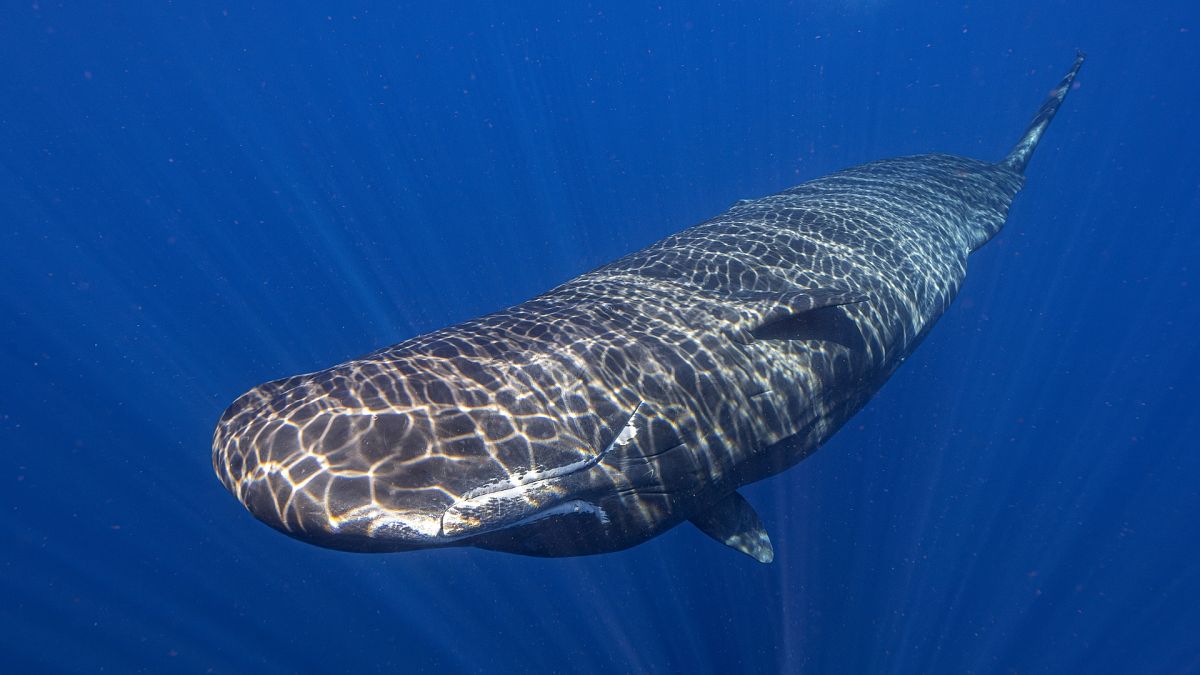
Researchers have been trying for decades to piece together what their clicks mean with little progress - until now. Scientists studying the sperm whales that live around the Caribbean island of Dominica have described the basic elements of how they might be talking to each other for the first time. They hope the research could one day help better .
Like many and dolphins, sperm whales are highly social mammals and communicate by squeezing air through their respiratory systems to make strings of rapid clicks that can sound like an extremely loud zipper underwater. The clicks are also used as a form of echolocation to help them track their prey. Scientists have been trying for decades to understand what those clicks might mean, with only minimal progress.

While they still don't know, they now think there are sets of clicks they believe make up a “phonetic alphabet” that the whales can use to build the very rough equivalent of what people think of as words and phrases. “We're now starting to find the first building blocks of whale language," said David Gruber, founder and president of the Cetacean Translation Initiative or CETI, an effort devoted to translating the communication of sperm whales. In a study published Tuesday in the journal Nature Communications, researchers analysed more than 8,700 snippets of clicks, known as codas.
They say they have found four basic components they think make up this phonetic alphabet. Pratyusha Sharma, the paper's lead researcher, said .















